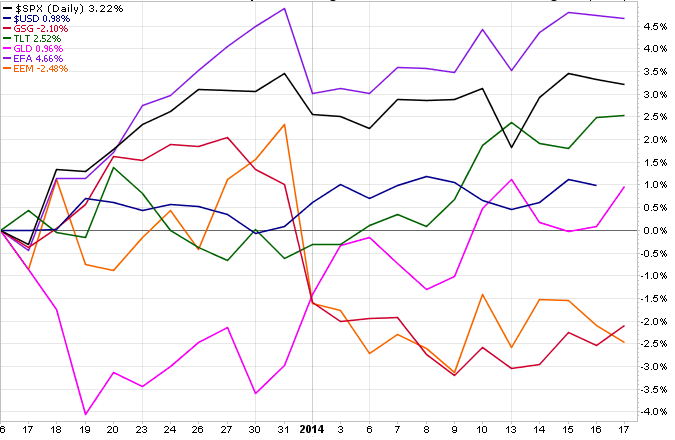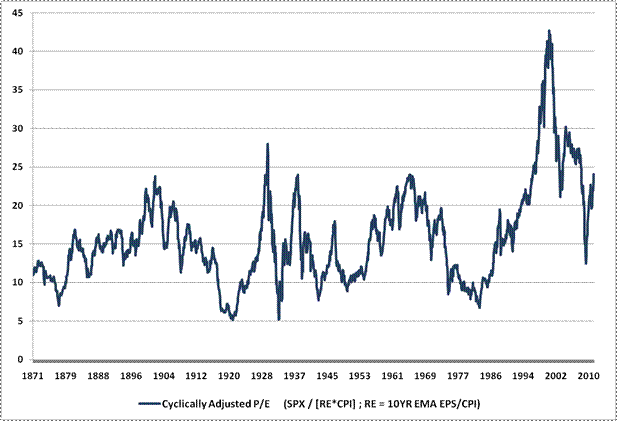Pimco Total Return s Hidden RisksKiplinger
Post on: 30 Июнь, 2015 No Comment

Bill Gross relies heavily on derivatives to execute his bets at this mammoth fund.
Of the $1.5 trillion that mutual fund investors held in taxable bond funds at the end of October, 13% was in Pimco Total Return. It is now the largest fund on the planet. Assets in the various classes of Total Return — and in its near-clones, Harbor Bond (symbol HABDX ), a member of the Kiplinger 25. and Managers Fremont Bond (MBDFX ) — now total more than $200 billion. Investors have plowed $42 billion into the Pimco fund alone in 2009.
To be sure, much of this money is chasing Total Return’s spectacular returns, both recent and long-term. Year-to-date through November 18, Total Return’s Class A shares (PTTAX ) gained 13.7%. That follows a 4.3% return in 2008, an extraordinarily difficult year for most funds that didn’t have “Treasury” or “government” in their names. Over the past ten years, Total Return gained 7.1% annualized. That beat the Barclays Capital Aggregate Bond index by an average of one percentage point per year.
These kinds of numbers keep reinforcing manager Bill Gross’s reputation as one of the best — if not the best — bond managers in the world. His correct anticipation of the government’s takeover of Fannie Mae and Freddie Mac, and his bet on the debt of many large financial institutions, are some recent calls that have paid off big.
But knowing precisely how Gross and his team at Pimco turn his prognostications and analysis into cold, hard cash isn’t easy. Total Return’s most recent complete list of holdings, from the end of June, fills 368 dense pages that read like gibberish to anyone unfamiliar with the intricacies of bond investing.
Advertisement
The fund’s derivative positions are particularly abstruse. Total Return has used derivatives for three decades and makes extensive use of them in handling the fund’s interest-rate exposure and making bets on different sectors of the bond market. Makes sense, considering the fund’s size. Gross would send shock waves through the market every time he made a bet if he only bought and sold bonds the old-fashioned way.
Many of the derivatives serve to hedge the fund’s individual bond holdings. Recently, for example, the fund has been moving into long-maturity Treasury bonds, which, although paying relatively little on an absolute basis, offer a handsome yield premium compared with short-maturity Treasuries. The move represents a bet that deflation in the U.S. will persist for longer than most investors expect, and that the Federal Reserve will keep interest-rate hikes on hold for longer than most investors expect.
But to hedge against the possibility that rates may turn up, Gross is employing derivatives that lower the fund’s overall duration, a measure of interest-rate sensitivity. Pimco’s interest-rate-swap holdings, for example, allow Total Return to pay out a fixed rate to another investor, or counterparty, and receive an adjusting rate in exchange. “Pimco is basically saying, ‘We want the yield benefits of these long-term bonds, but we’re also worried about rates rising quickly,’” says Steve Dimitriou, managing partner of financial consultant Mayflower Advisors.
The team also uses derivatives to boost returns. For example, in addition to buying credit-default swaps as insurance on some of the fund’s corporate-bond holdings (a credit-default swap — the type of instrument that nearly brought down AIG — would pay off if a corporate borrower were to default), the fund has also, in the past, sold credit-default swaps — a way of betting that the borrower will pay on time without having to buy the physical bond. And the fund makes heavy use of so-called Eurodollar futures, which don’t actually have anything to do with the euro but offer an efficient way of speculating on the direction of short-term interest rates.
Sounds dicey, but as Baie Netzer, who follows the fund for the No-Load Fund Analyst newsletter, points out, “if Pimco saw a way of adding returns that was consistent with the fund’s prospectus and didn’t use it, that wouldn’t be serving shareholders’ interests.” And a study by consulting firm EnnisKnupp compared the record of Pimco’s separately managed accounts that use futures with those that don’t. It found that the firm has consistently managed to boost returns with derivatives.
But sometimes even geniuses make the wrong bets. Bill Miller looked pretty smart until he bet the farm on financial stocks in 2008. So did the bond whizzes at Long-Term Capital Management, until their highly leveraged bets backfired in the late 1990s. Gross himself has warned, in past writings, that derivatives “multiply leverage like the Andromeda strain.”

Yet Total Return has sported leverage as high as 17 times assets over the past year. This isn’t leverage in the sense that Pimco is investing borrowed money in order to juice returns, but in the sense that its total positions add up to several times the fund’s actual market value. Most recently, the fund’s complete-holdings list stated that its total positions added up to $475 billion, compared with actual assets of $162 billion, for leverage of three times assets.
But leverage in the rabbit hole of derivatives can be misleading, because the total value of a given position often represents money that will never change hands. Plus, Dimitriou says, since Pimco has to adjust the collateral it puts up for these positions every day, “it’s not as though the market can make a huge move one day and wipe the fund out.”
Because accounting for derivative-based leverage is so fuzzy, Pimco prefers to look at leverage in terms of how its positions affect the overall risk characteristics of the portfolio. After all, leverage is worrisome because it can overexpose investors to certain market risks. In Pimco’s view, for example, even though Total Return may contain hundreds of simultaneous interest-rate bets, the fund’s duration, recently 4.8 years, isn’t significantly greater than that of the Barclays benchmark, recently 4.4 years.
Netzer says that Pimco’s conscientiousness about risk management, plus its track record, instills confidence. “Pimco has already passed the derivatives test,” she says, referring to the fund’s stellar performance through the fall of 2008. During that period, “some hedge funds that were invested in illiquid parts of the market blew up, but that didn’t happen to Pimco Total Return.” Still, investors should remember that Pimco Total Return is not a vanilla bond fund; it’s more like a hedge fund that invests in bonds.
Netzer is much more worried about how rising interest rates will hurt the fund’s performance. Gross’s hands are tied as to the extent to which he can protect the fund from rising rates because the fund’s interest-rate exposure must hew reasonably closely to its benchmark. So the fund will suffer along with everyone else when rates rise. The 4.8-year duration suggests that the fund’s net asset value per share would fall 4.8% for every percentage point that rates rise.
The duration of Harbor Bond, which we use in the Kiplinger 25 because it levies no sales commissions and charges lower expenses than the no-load Class D shares of Pimco Total Return, is 4.6 years. Gross has told me that other than Harbor being able to buy convertible bonds and Total Return not being allowed to do so, there are no material differences in how he runs the funds.














